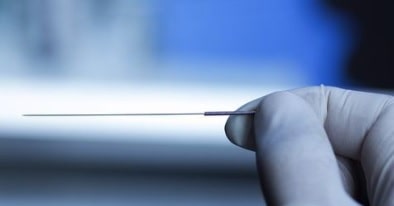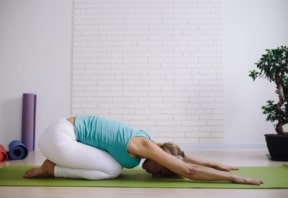
The concept of injecting a muscle trigger point with a needle has been around since the early 1940’s. Although the needles used in dry needling Physio treatments are the same as the ones that are used in acupuncture, they are based on different principles and treatment approaches.
This blog aims to answer some of the most common questions about dry needling:
Does Dry Needling Hurt?
- Dry needling uses needles that are 8 times thinner than the ones that are used for your vaccinations. Typically dry needling does not hurt more than the symptoms that you’re experiencing at the time.
- Based on how tight the muscle is when the needle is tapped gently into it to relieve the spasm you may feel a twitch or a cramp in your muscle. This only lasts for a couple of seconds.
- After dry needling, you may experience a dull achy pain, this may be present throughout the day and is similar to the pain that follows a deep massage.
- Having said that, each person’s experience is slightly different. A lot of people regard dry needling as being less painful than they thought it would be.
Is Dry Needling Safe?

- Dry needling is very safe with serious side effects occurring in only 0.01% of people that take part in dry needling Physiotherapy.
- At Core Physiotherapy & Pilates Studio, we follow sterile methods by adopting a clean needle technique.
What You Should Know Before Trying Dry Needling Physio?
- Small areas of bruising can form in the areas where the needle is inserted
- Some people can feel tired or energized and/or even an emotional release after dry needling.
- Always hydrate well and never skip a meal before your dry needling physio session.
- Always let your Physiotherapist know if you or a friend/family member that may be accompanying you has a needle phobia.
Soreness Post Dry Needling:
- Some people may experience muscle soreness post dry needling for 24 to 48 hours
- You can use heat and rest if you are feeling sore after your dry needling Physio treatment.

Can You Workout After Dry Needling?
- It might be more beneficial to do a workout before dry needling or to take a rest day
- Though there is no advice against a workout post dry needling, it might not be the best idea, due to soreness after dry needling.
- If you really want to exercise, it may be a good idea to follow some corrective exercises that have been advised by your Physiotherapist, and do a lighter workout than what you would regularly take part in. To find out more about how dry needling can help you, visit a Physio at a practice near you.

This blog was written by Priyanka Bodhe from the Morphett Vale practice.